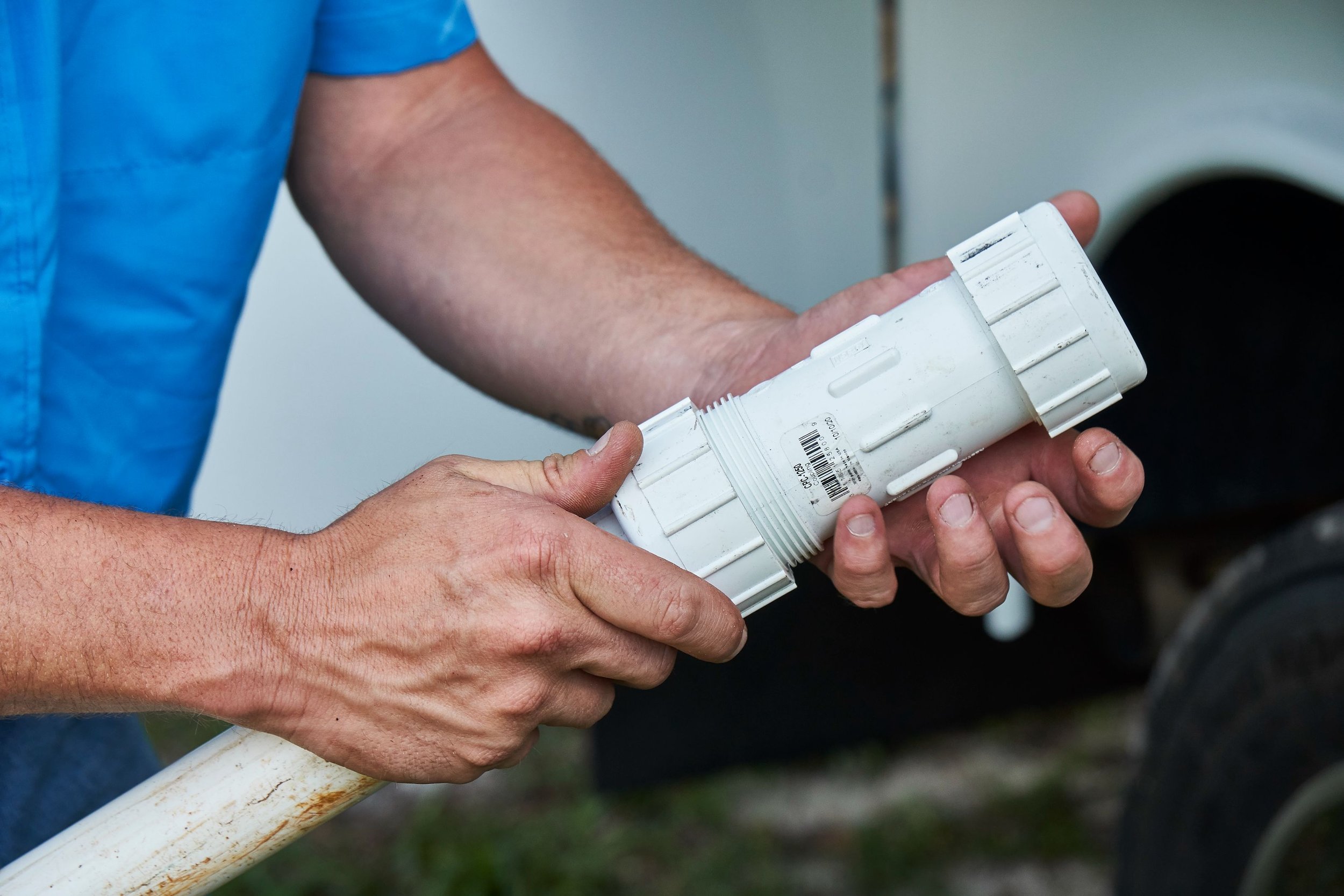Tips to Maintain a Well
It's important to mention that the inspection shouldn't be performed without professional help.
The supply of clear and healthy water to people in the countryside depends on the functionality of wells. Water can easily get contaminated, so it's essential to frequently test the water and check if the well system functions properly.
Let's discuss some tips on well maintenance.
Inspect the water frequently
The first thing any homeowner should do upon noticing a problem with a well is to test the water quality and ensure it's safe to drink. Even if a problem hasn't occurred, it's advisable to frequently inspect the water for lead, nitrates, and chlorine levels. Nearby waste, gasoline, debris, and dirt could contaminate the water.
Here are some ways to identify unhealthy water:
Water that looks anything other than 100% clear may contain pollutants like chlorine, clay, dirt, etc. Particles floating in your glass are another sign that the water needs a thorough inspection. Brown or red water indicates the presence of iron.
The taste of the water will indicate whether it is safe to drink or polluted.
Odor is another sign that something is wrong with the water supply, and the well system needs inspection.
Create a safe environment around the well
Living in rural environments involves performing outdoor jobs. Mowing the lawn and spreading grass everywhere, dealing with waste, and fertilizing near a well, can pollute the water. Additionally, chemicals, gasoline, and cleaning products should all be kept safely away from the well.
Inspect the well system
It's important to mention that the inspection shouldn't be performed without professional help. In most cases, homeowners without proper expertise will only make things worse. Inspecting the well every few years can prevent severe problems.
Checking off every item on the following list ensures good water quality:
Perform a flow test, and check the water level with and without pumping and the pump's performance.
Inspect the well equipment as it impacts water quality.
Test the water for bacteria and pollutants.
After the inspection, the homeowner will get a report and recommendations about the required form of action.
Secure the well cover
Always secure the well cover (whether plastic or metal). Check for any holes in the surface, and patch them since insects and small rodents can sneak inside, die, and pollute the water. Let's not forget that many pests carry serious diseases.
Maintain wells with professional help
While some signs about a malfunctioning well, such as the color or odor, are noticeable, others, like system malfunctioning or broken pumps, need a well-trained eye. Hire a reliable pump repair service to ensure clear and healthy water.
Pump Repair Services provides residential and commercial well pump repair, transfer pump repair, and custom water treatment system services in the Orlando area. (Sorry, no pool pumps or sewer pumps.) We offer 24-hour emergency service. Call us to learn more.

